
ActionCable
ActionCable provides real-time websocket support in your Rails app. Websockets are a persistent connection to the server where data can be sent and received in real-time.
 Chris Oliver
Chris Oliver

ActionCable provides real-time websocket support in your Rails app. Websockets are a persistent connection to the server where data can be sent and received in real-time.
 Chris Oliver
Chris Oliver

Learn about sending emails from your applications.
 Chris Oliver
Chris Oliver
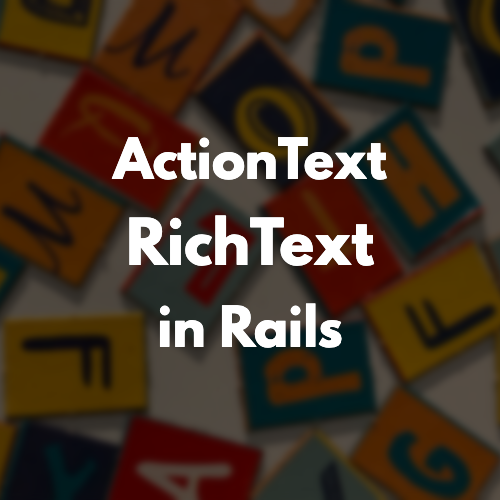
Rails 6 comes with ActionText which allows you to edit and display rich text in your applications.
 Chris Oliver
Chris Oliver
 Kent Crutchfield
Kent Crutchfield

 Chris Oliver
Chris Oliver

Time consuming work must be done in a background job which makes background jobs a core piece of building Rails apps.
 Chris Oliver
Chris Oliver
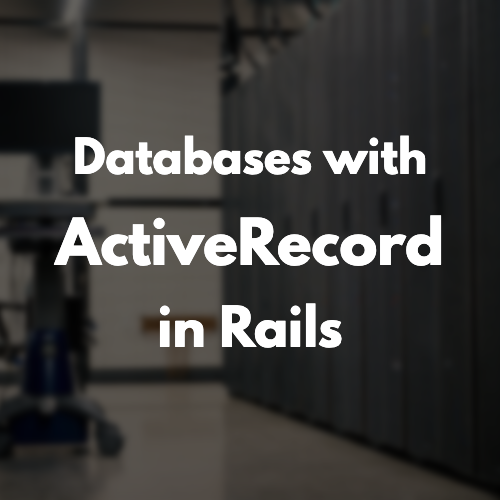
ActiveRecord is Rails' Object Relational Mapping system. It allows you to define Ruby classes that represent tables in your database so you can create, query, edit, and delete records and their associations. It also provides a home for business logic so you can define and run operations against your database. In this series, we'll teach you how to use ActiveRecord in your Rails apps.
 Chris Oliver
Chris Oliver
 Collin Jilbert
Collin Jilbert
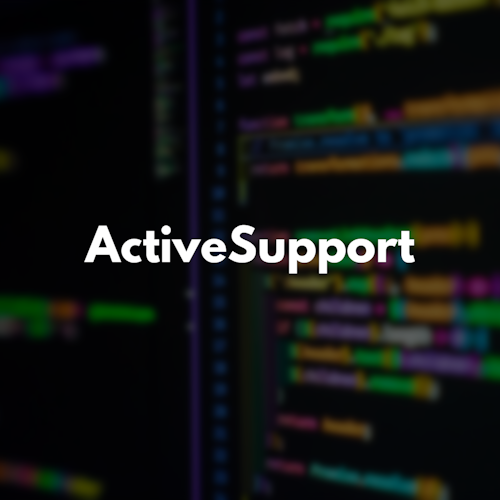
Learn about Active Support which is a collection of utility classes and standard library extensions that were found useful for the Rails framework.
 Chris Oliver
Chris Oliver

In this series, we'll explore how to use AI with Rails to build features for our users.
 Chris Oliver
Chris Oliver
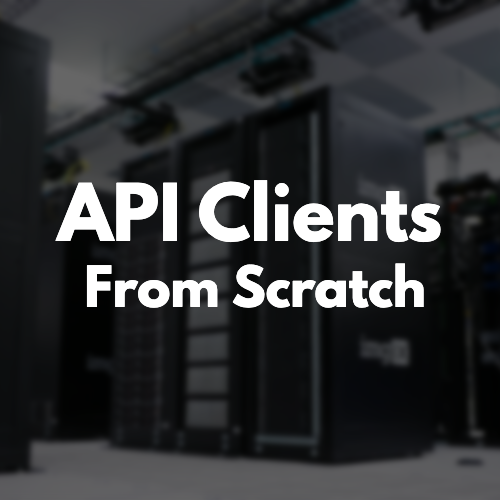
API clients are a for web applications to interact with each other. In this series, we'll learn how to build our own clients for any API from scratch using plain Ruby. No rubygems needed!
 Chris Oliver
Chris Oliver
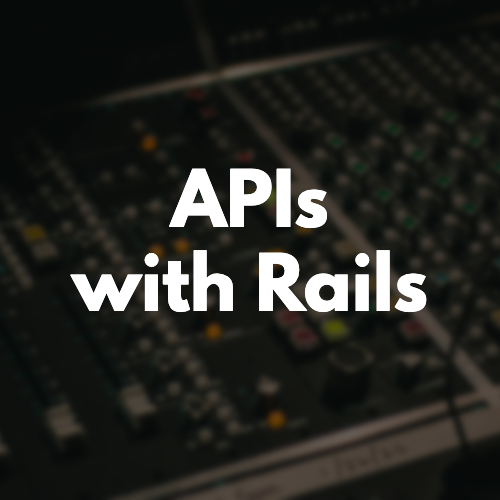
Learn how to build APIs with Ruby on Rails for frontend Javascript frameworks, mobile apps, and for public consumption.
 Chris Oliver
Chris Oliver
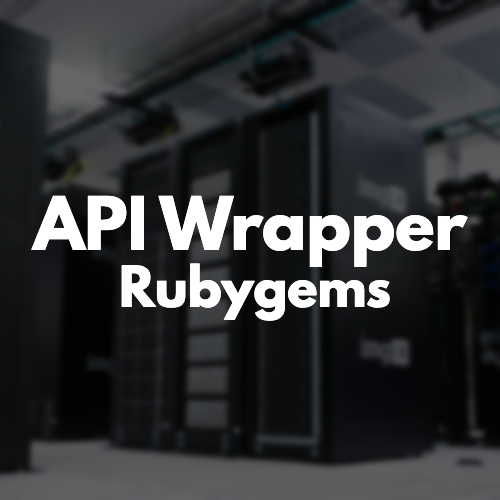
Ever wondered how to build a Rubygem that wraps an API to make it easier to use in Ruby? You've come to the right place. We'll walk through everything step-by-step covering everything from HTTP requests, converting JSON responses to Ruby objects, and even testing.
 Chris Oliver
Chris Oliver

Learn how to implement various solutions to authentication in your Rails applications.
 Chris Oliver
Chris Oliver

For our very first Rails app, we're going to start very simple. We'll build a blog completely from scratch to learn routes, models, views, and controllers. Plus, we'll deploy our code to production, add migrations to improve our blog, and lastly we'll add rich text and file uploads with ActionText and ActiveStorage.
 Chris Oliver
Chris Oliver

Our second Rails application is going to be a password manager from scratch. We'll learn how to encrypt usernames and passwords in the database securely with ActiveRecord Encryption, add Javascript so we can have copy to clipboard functionality, and we'll learn how to use join tables with roles to setup permissions for other users that we want to share passwords with.
 Chris Oliver
Chris Oliver

Learn how to use the Jumpstart template to build Ruby on Rails applications faster and focus on your business logic instead of the boilerplate.
 Chris Oliver
Chris Oliver

In this series, we'll build a URL shortener from scratch. We'll see how Twitter's URL shortener works for tracking view analytics and create our own short codes by creating Base62 encoding from scratch.
 Chris Oliver
Chris Oliver
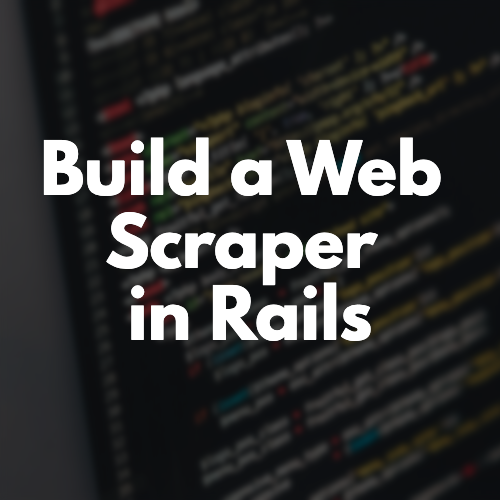
Learn how to build a web scraper & monitoring tool with Ruby on Rails
 Chris Oliver
Chris Oliver

In this series, we'll walk through building an open source calendar gem from scratch and show you the entire process start to finish.
 Chris Oliver
Chris Oliver
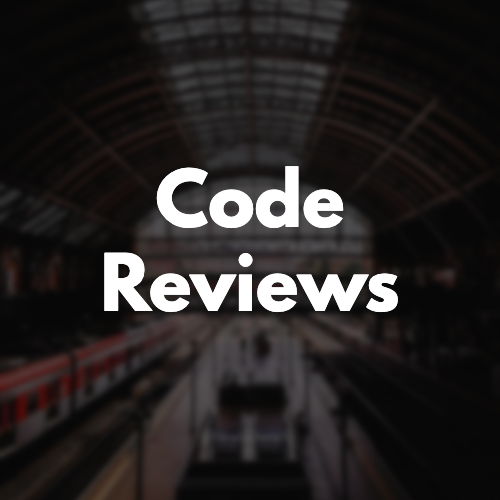
Reviewing and refactoring code is a core piece of the development lifecycle. In this series, we'll review and refactor code from subscribers and open source projects to see if we can find some clearer ways of accomplishing the same features.
 Chris Oliver
Chris Oliver
 Kasper Timm Hansen
Kasper Timm Hansen
 Collin Jilbert
Collin Jilbert
 Mike Perham
Mike Perham

Most Ruby on Rails applications need the same features over and over again. Anything from comments, notifications, friend IDs, subdomains, and more. This series covers all kinds of different features that you'll need to implement on a regular basis as a Ruby on Rails developer.
 Chris Oliver
Chris Oliver
 Andrea Fomera
Andrea Fomera

CSVs are a common formation for importing and exporting data between systems. In this series, we'll learn how to read and write CSVs and transform the data to import and export from our Rails database.
 Chris Oliver
Chris Oliver
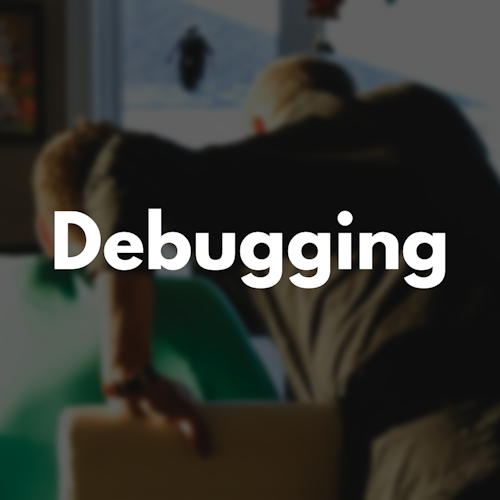
Learn valuable tips and techniques for debugging your Rails applications
 Chris Oliver
Chris Oliver
 Collin Jilbert
Collin Jilbert
See how to deploy your Rails, Hanami, Sinatra, Rack, and other Ruby apps to production on your own servers with Hatchbox.io
 Chris Oliver
Chris Oliver
 Collin Jilbert
Collin Jilbert

 Chris Oliver
Chris Oliver
 Andrea Fomera
Andrea Fomera
 Collin Jilbert
Collin Jilbert

Common Ruby on Rails design patterns for organizing your code
 Chris Oliver
Chris Oliver
 Collin Jilbert
Collin Jilbert

 Chris Oliver
Chris Oliver
 Collin Jilbert
Collin Jilbert

 Chris Oliver
Chris Oliver

Build and deploy a SaaS product for monitoring domain expirations with Stripe payments, admin area, and more.
 Chris Oliver
Chris Oliver
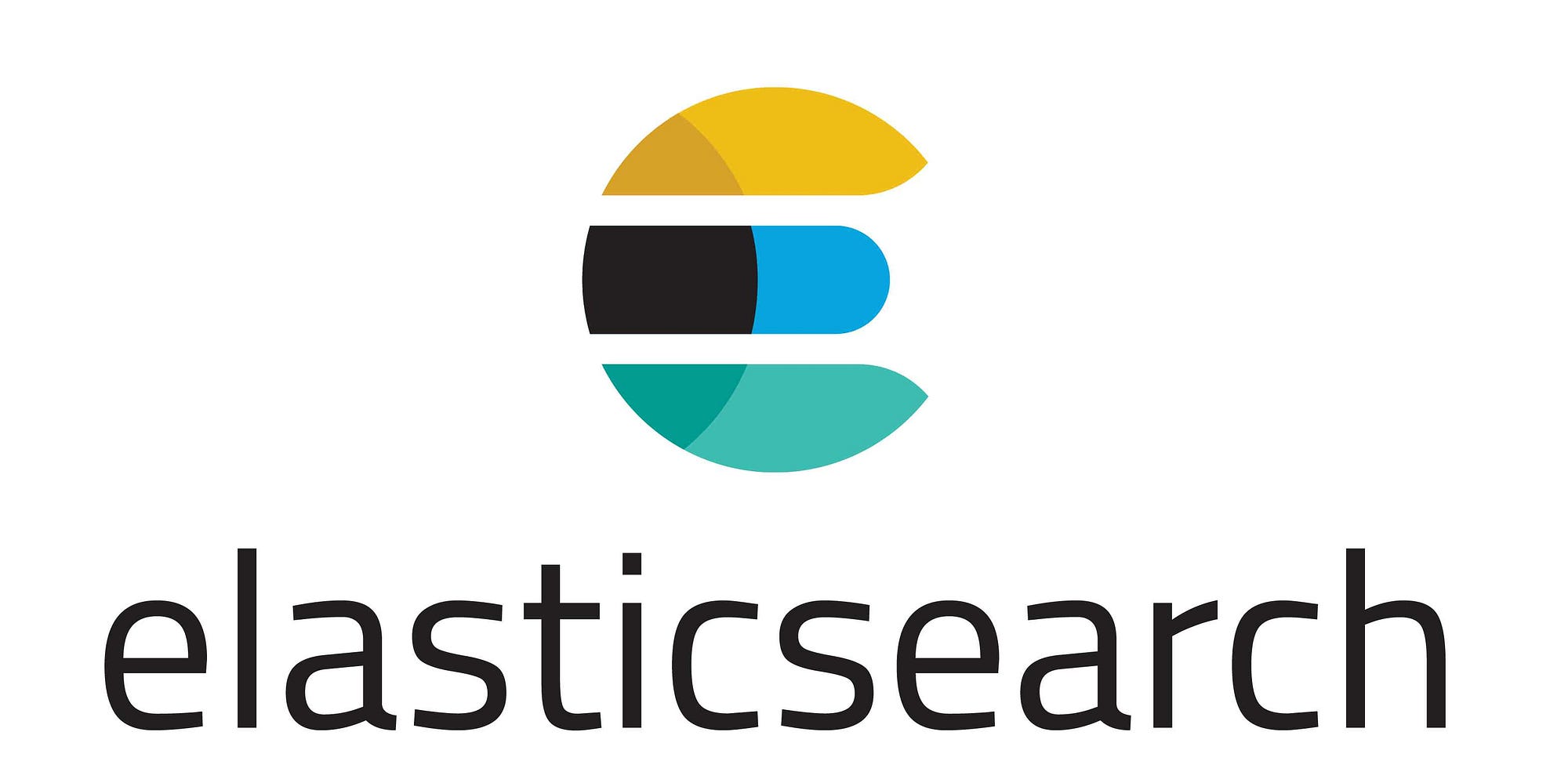
Advanced search in Rails using ElasticSearch
 Chris Oliver
Chris Oliver

Learn how to build embeddable Javascript widgets using Ruby on Rails as the backend. You'll learn how to build embed codes and render widgets on the page that talk to your Rails API.
 Chris Oliver
Chris Oliver
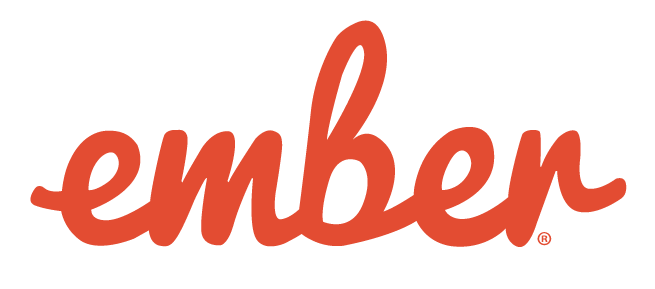
 Chris Oliver
Chris Oliver
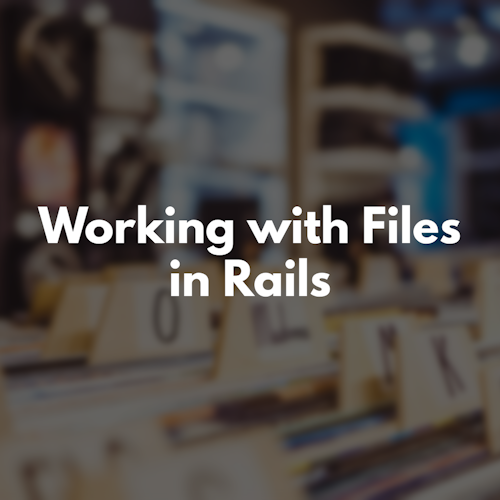
Learn how to work with files in your Rails applications.
 Chris Oliver
Chris Oliver

Learn how to use Hotwire as an alternative approach to building modern web applications without using much JavaScript by sending HTML instead of JSON over the wire.
 Chris Oliver
Chris Oliver
 Collin Jilbert
Collin Jilbert

A forum is a great example of a semi-complex Rails application and we'll build one together in this series using Rails 4.2.
 Chris Oliver
Chris Oliver

Everyone has a dream of being able to contribute to Rails core. It's quite a hard thing to do, but there are some helpful ways to approach it which can make finding bugs or features to fix in Rails much easier. We'll discuss how to learn the Rails code base and poke around until you find what you're looking for in order to modify Rails to add your feature and then write tests to test it.
 Chris Oliver
Chris Oliver
 Collin Jilbert
Collin Jilbert
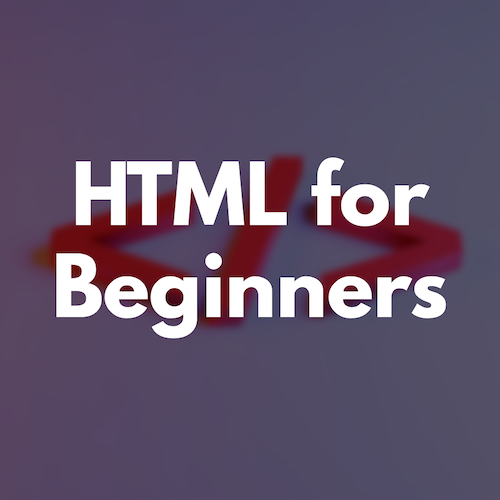
Dive into the fundamentals of web development with our beginner-friendly HTML course. Learn the essentials of HTML, the language behind every webpage, and gain practical experience creating your own web content. Perfect for absolute beginners, this course will equip you with the skills to start building your first websites and set you on the path to becoming a web developer.
 Collin Jilbert
Collin Jilbert

 Chris Oliver
Chris Oliver

 Chris Oliver
Chris Oliver

In this series, we'll cover how to use Javascript and CSS in Rails. We've covered how to use Javascript and CSS with the asset pipeline, but now we're showing you how to use Webpacker to load Javascript and CSS with Rails.
 Chris Oliver
Chris Oliver

Maps, geolocation, and geosearch are a common feature for web apps these days. You'll learn how to implement these maps and geo features in your Rails app.
 Chris Oliver
Chris Oliver

Hotwire is designed to make building mobile apps easy with Rails. You can build your Rails app as you normally would, but the Hotwire mobile apps can intercept requests and handle pieces of the app natively. This lets you build native feeling mobile apps for iOS, Android, mobile, tablets, and desktop.
 Chris Oliver
Chris Oliver

Multitenancy is a technique for separating data for each account in your application. You'll learn how to implement multitenancy in several different ways in Rails.
 Chris Oliver
Chris Oliver
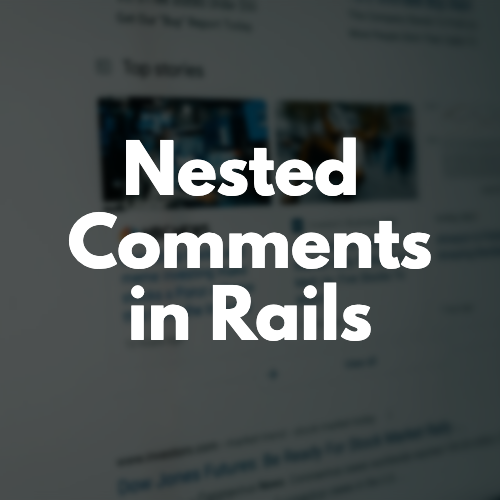
Comments seem like an easy feature, but they can get complicated fast. In this series, we'll implement a comment system with nested comments so users can reply to each other to provide a rich comment experience.
 Chris Oliver
Chris Oliver

 Chris Oliver
Chris Oliver
 Chris Oliver
Chris Oliver

In this series, we'll build an automated transcription service that monitors a video hosting API, transcribes new videos, and uploads captions to those videos.
 Chris Oliver
Chris Oliver

 Chris Oliver
Chris Oliver
 Collin Jilbert
Collin Jilbert

 Chris Oliver
Chris Oliver
 Adam McCrea
Adam McCrea
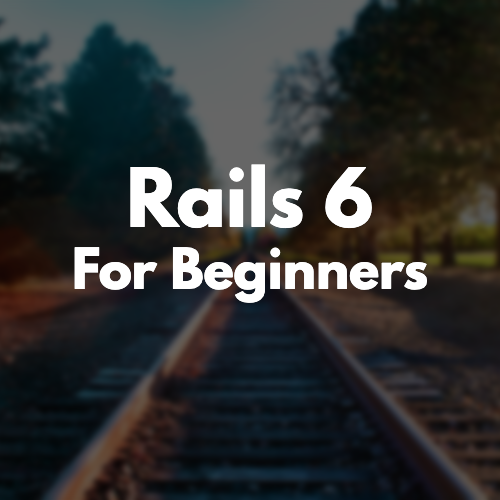
Our Ruby on Rails 6 for Beginners course is the perfect introduction to Ruby on Rails. We'll walk you through HTTP, Ruby, authentication, APIs, OAuth, deploying to production and fixing bugs for maintenance. It's everything you need to get a full application built in Ruby on Rails for the first time.
 Chris Oliver
Chris Oliver

This series covers some of the often misunderstood Rails basics. Things like params, environment variables, and other topics are glossed over assuming you understand them but we'll dive into them in detail and explain how they work so you can have a much more deep understanding of Ruby on Rails.
 Chris Oliver
Chris Oliver
 Collin Jilbert
Collin Jilbert
 Bhumi Shah
Bhumi Shah

The faster your application runs, the better experience for your users. In this series, we'll cover Rails performance techniques like counter caches, fragment caching, memoization, database indexes, CDNs, and more.
 Chris Oliver
Chris Oliver

Rails plugins add functionality to multiples Rails apps. Rails plugins are called Railties and Engines. Learn how to create your own by organizing code into Rails engines, building Rubygems with Engines and Railties, and more.
 Chris Oliver
Chris Oliver
 Kasper Timm Hansen
Kasper Timm Hansen
 Kent Crutchfield
Kent Crutchfield

Learn how to secure your Ruby on Rails application from SQL injection, CSRF attacks and more.
 Chris Oliver
Chris Oliver

Learn how to build a realtime Customer support application using Rails, Hotwire, ActionText and ActionMailbox for handling inbound emails.
 Chris Oliver
Chris Oliver

 Chris Oliver
Chris Oliver

The series focuses on developing a clean, functional chat interface using Hotwire capabilities.
 Collin Jilbert
Collin Jilbert

 Chris Oliver
Chris Oliver
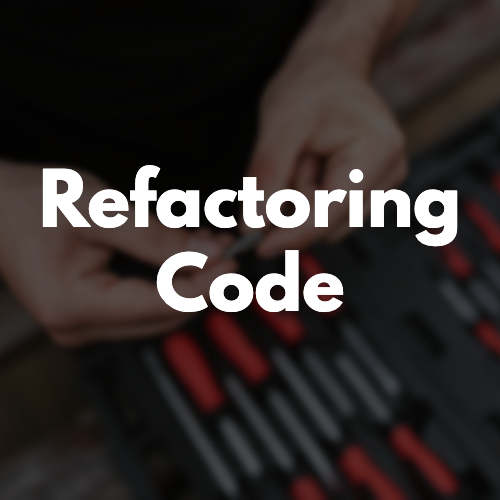
Refactoring is the process of improving your code without alternating it's functionality. In this series, we'll refactor code to make it more modular, maintainable, and easier to understand.
 Chris Oliver
Chris Oliver
 Collin Jilbert
Collin Jilbert
 Kent Crutchfield
Kent Crutchfield
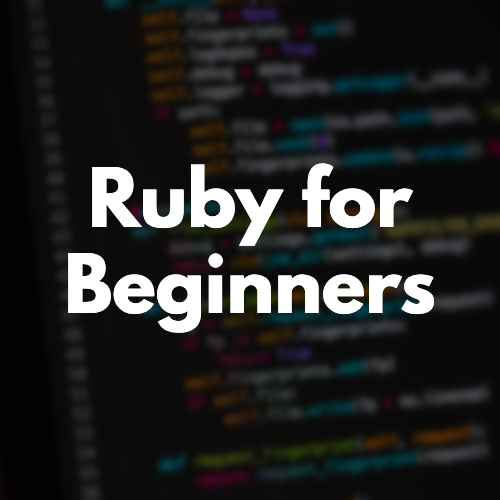
Ruby is a dynamic, open source programming language with a focus on simplicity and productivity. It is the foundation for the Ruby on Rails web framework and we'll teach you the basics so you can get started with Rails.
 Collin Jilbert
Collin Jilbert
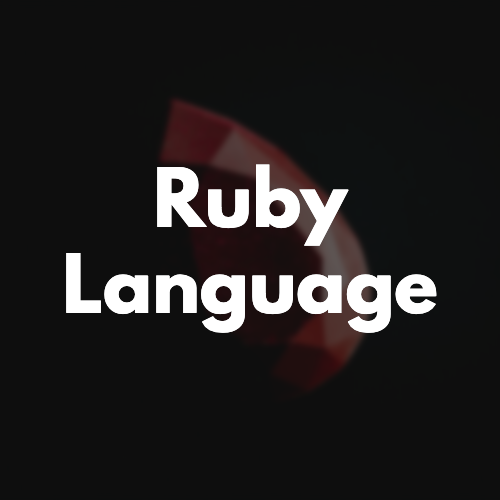
Learn the Ruby language by example. We'll look at how Ruby is designed, how it works, and the features you can use to build applications.
 Chris Oliver
Chris Oliver
 Collin Jilbert
Collin Jilbert

In this series, we'll explain the SOLID principles using real-world examples as best we can so you can see how design patterns and principles can affect your code making it easier to read, understand, test, and maintain.
 Chris Oliver
Chris Oliver
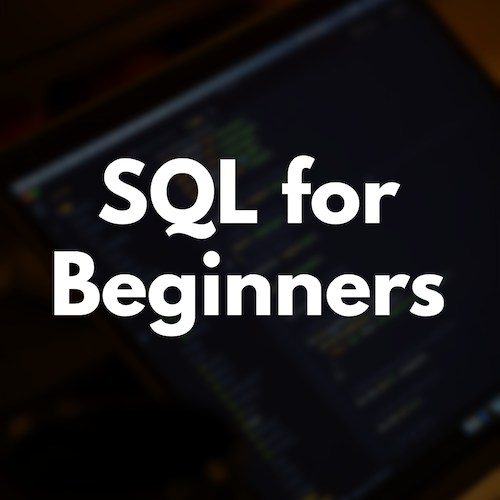
Structured Query Language is a domain-specific language used in programming and designed for managing data held in a relational database management system.
 Collin Jilbert
Collin Jilbert

In this series, we're building https://animatedgif.me from scratch using Shrine. We'll start designing our database models, then get into designing our UI, writing tests and finally deploying our app to production.
 Chris Oliver
Chris Oliver
 Chris Oliver
Chris Oliver
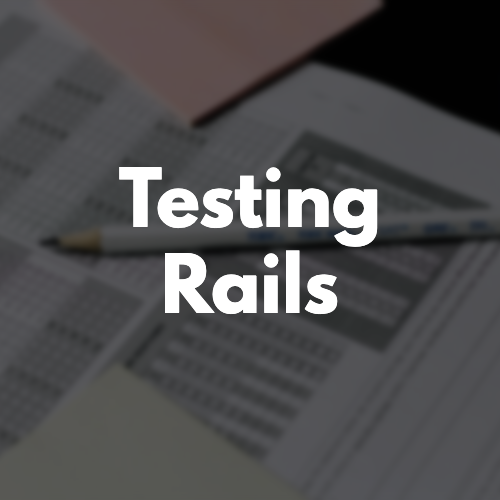
Testing Ruby on Rails applications isn't hard, but you have to learn the basics well. We'll cover how to write unit tests, system tests, integration tests and more. We'll also explore mocks, stubs, factories, fixtures, minitest vs rspec and much more.
 Chris Oliver
Chris Oliver

In this series, we'll build a clone of Trello using modern Javascript using Vue.js and a backend in Ruby on Rails with realtime activity using ActionCable. This is a great intermediate level series showcasing how to approach using Ruby on Rails with modern Javascript and how these frameworks can talk to each other.
 Chris Oliver
Chris Oliver
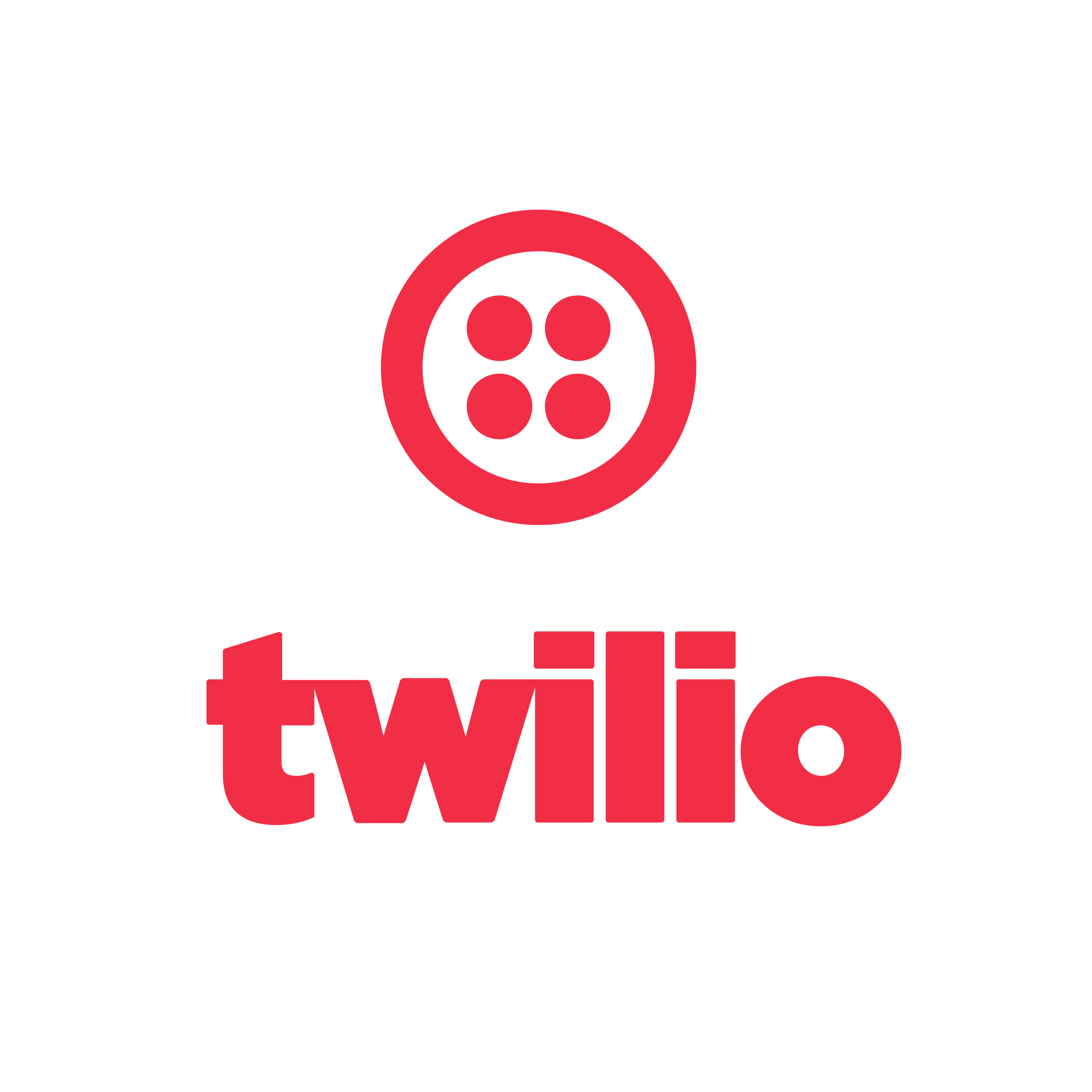
Twilio is a fantastic API for sending and receiving SMS and phone calls in your Rails applications. We can use their API along with TwiML to create messages that can be sent out via SMS or translated from text to speech through their phone call APIs.
 Chris Oliver
Chris Oliver

Learn how to upgrade your Ruby on Rails apps to newer versions of Ruby, Rails, and other dependencies along the way.
 Chris Oliver
Chris Oliver
 Collin Jilbert
Collin Jilbert
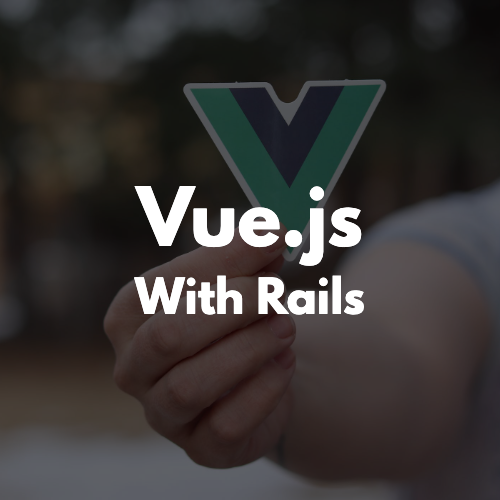
 Chris Oliver
Chris Oliver
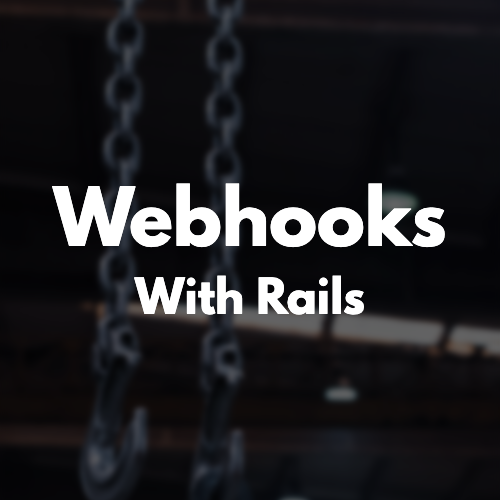
 Chris Oliver
Chris Oliver
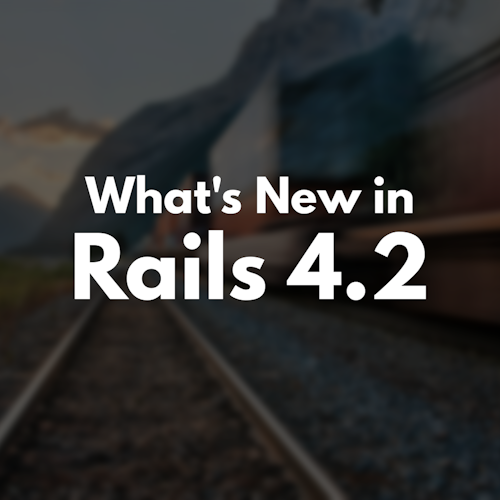
A list of features showing what's new in Rails 4.2
 Chris Oliver
Chris Oliver
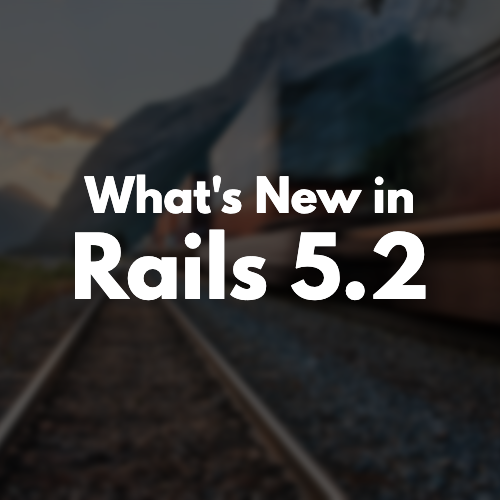
 Chris Oliver
Chris Oliver

A list of features showing what's new in Rails 6.0.
 Chris Oliver
Chris Oliver

Rails 7.1 introduces lots of new improvement, features, and bugfixes. In this series, we'll explore the changes and show you how to upgrade your apps to take full advantage of these new features.
 Chris Oliver
Chris Oliver
 Collin Jilbert
Collin Jilbert
 Kent Crutchfield
Kent Crutchfield
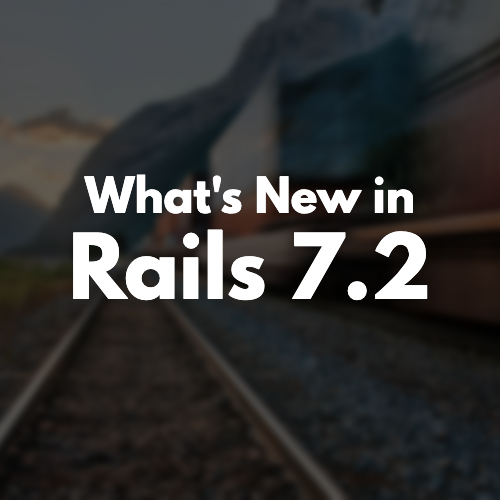
Learn about the new features, changes, and improvements in Rails 7.2
 Collin Jilbert
Collin Jilbert
 Kent Crutchfield
Kent Crutchfield
 Chris Oliver
Chris Oliver

 Chris Oliver
Chris Oliver

 Collin Jilbert
Collin Jilbert
 Chris Oliver
Chris Oliver